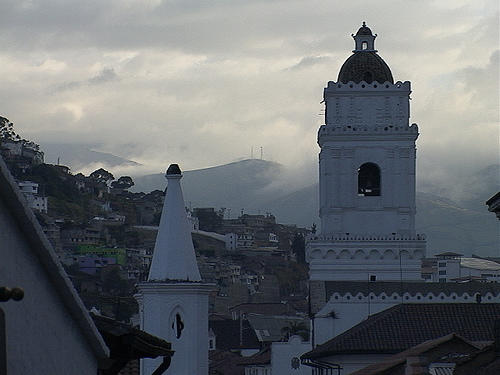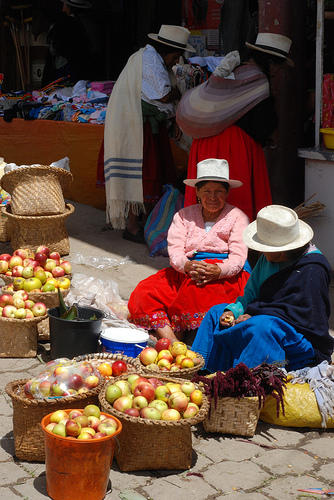

Rafael Correa may have fought the oil barons and turned Ecuador’s flagging economy around, but the president’s career trajectory has served to highlight one of the country’s biggest divisions: the unending friction between inhabitants of the Pacific coast (costeños) and Andean highlanders (serranos).

The vast majority of Ecuador’s 15 million population is shared between the two regions. Culturally and politically, the inhabitants of the two zones have always been different. President Correa is seen by costeños as having favoured investment contracts in Quito during his time in power, leaving his native Pacific region to decay while he leads a charmed life in the capital. To many, he is a traitor.
The rivalry between the two parts of the country runs deep: issues of economic and political disparity have long caused widespread resentment. A lack of any kind of cohesive culture has only entrenched the feeling of separateness. Economic rivalry between Ecuador’s two major cities, mountain-bound Quito and the sweltering Pacific port of Guayaquil, has only served to add fuel to the fire.
It’s often said a serrano will happily inconvenience himself to do down a costeño, and vice versa. There have even been reports of one group aiding the enemy during wartime in order to disadvantage their regional counterparts. This long-lived hostility has given rise to a number of powerful myths among Ecuadorians.
To costeños, serranos are a deeply conservative, suspiciously quiet and elitist people who eat nothing but potatoes. To serranos, costeños are lazy liberals who prefer to spend their lives joking and partying when they should be keeping their streets clean. The stereotypes are naturally exaggerated, if not completely false, though they are a deeply entrenched part of many Ecuadorians’ mindsets.

Though the rivalry rarely extends past the odd playful insult, the more serious side to this divide is a rising current of political separatism, both on the coast and in the highlands.
Many costeños have highly distinct racial and cultural attributes firmly rooted in Hispanic afro-Caribbean traditions. This has led to questions as to why they are even a part of the same country as their political overlords in distant Quito. The same can be said the indigenous serrano minority, for whom their millennia-old culture is precious and deserving of autonomy.
The emerging reality is, however, that the regional gap is closing. Economic migration both ways has blurred cultural lines. Quito relies on Guayaquil as a trade hub for imports and exports. For Guayaquil, Quito provides essential investment for urban renewal projects that would otherwise have gone unfunded. Whether they like it or not, the two cities have built up a relationship that cannot simply be undone overnight.
But these cultural differences are an integral part of what makes Ecuador the country it is. The fact remains that you can never truly understand Ecuador by staying in one place or the other. Ecuador is neither Quito nor Guayaquil: it’s both. They may be worlds apart, but the historical process of exchange between them means Ecuador’s clashing cultures have produced the modern state we see today.
------
This post was submitted by Andrew Watling, an independent travel writer.